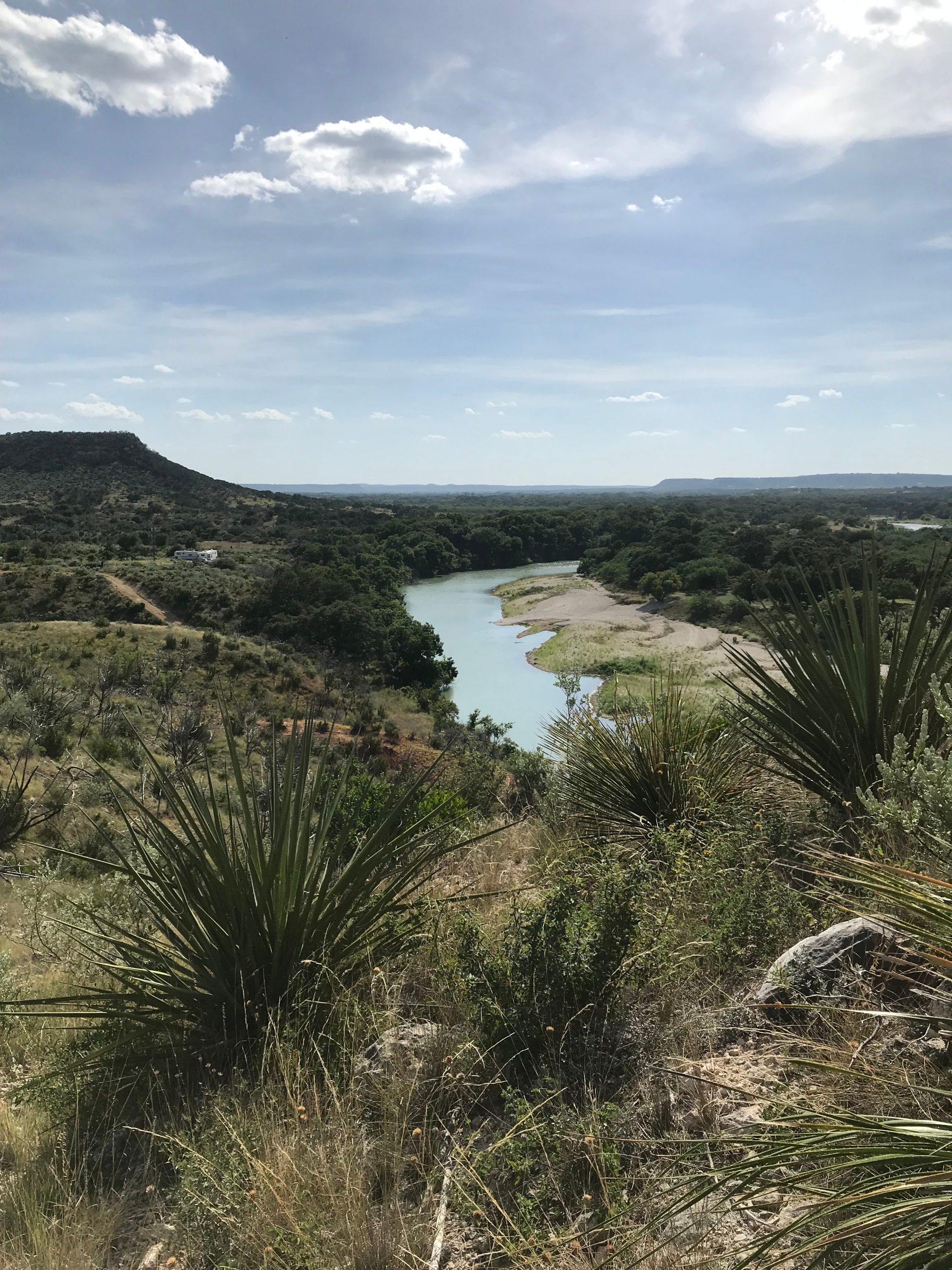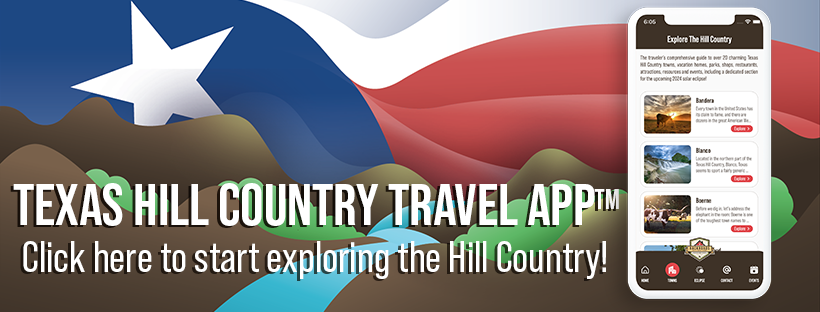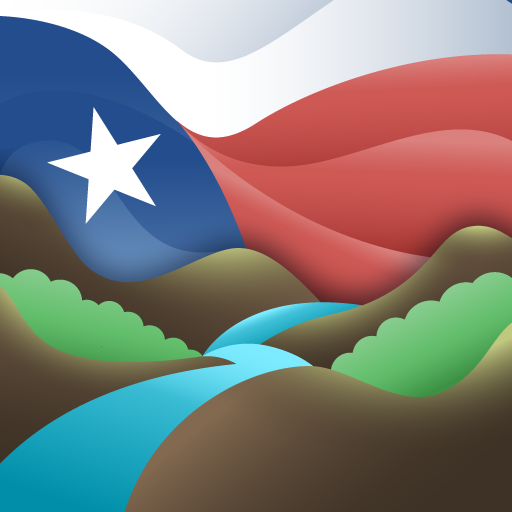JUNCTION, TEXAS: WHERE THE RIVERS MEET

Kimble County, Texas is located on the northern edge of the Texas Hill Country, and its county seat is the town of Junction. While not officially incorporated until 1927, Junction nonetheless played an important role in the heritage and development of this region of the Lone Star State.
Before European settlers started coming to the area, it was shared by Native American tribes such as the Comanche, Kiowa, and the Lipan and Kiowa Apache. This period wasn’t necessarily a peaceful arrangement, as the prime land at the confluence of the North and South Llano Rivers was eagerly sought for its robust and productive living conditions. This often generated territorial disputes between the competing tribes.
When the late 1850s rolled around, Raleigh Gentry earned the distinction of the first white settler in Kimble County. Over the next few years, his family was joined by others like the Moores, Sewells, and Bradburys. These settlers were seen as competitors by some tribes, and almost immediately skirmishes between the European settlers and Native Americans broke out, resulting in injuries and deaths.
Kimble County itself was established by the Texas Legislature in 1858, but official protection for settlers in the area was sparse. Fort McKavett was over 40 miles to the north; Fort Mason was the same distance to the northeast; and Fort Martin Scott and Camp Wood were even farther away. These military installations were established in part to protect local settlers and pioneers passing through to points farther west, but they often proved ineffective in covering such a large area. As a result, these often bloody encounters continued in the region until the latter part of the 19th century, resolved only by the intervention of the Texas Rangers and aggressive posses.
Nonetheless, the settlers in Kimble County persevered, and an official settlement at the confluence of the North and South Llano Rivers was established in 1876. It was named Denman after Marcellus Denman, who had surveyed the area and platted the new settlement. Almost immediately, however, it was renamed Junction City, a logical choice for its location between two rivers.
Just northwest of Junction City was the smaller settlement of Kimbleville, which had been awarded the county seat. This honor was short-lived, however; Kimbleville had the meteorological bad luck of being prone to flash floods. The county seat moved to Junction City, and Kimbleville in due time became a ghost town.
In contrast, by 1880 Junction had a bustling population of 300, a sawmill, a handful of general stores, and a livery stable. Kimble County’s first newspaper, the “West Texas,” began publishing in Junction in 1882. The 1890s brought both a waterworks and a dam on the South Llano for municipal water, irrigation, and power. In the year 1894, the town shortened its official name to simply Junction.
Healthy expansion continued to grace Junction, whose population ballooned from about 550 in 1900 to over 1,200 in 1920. Later in the 1920s, Junction citizens held a vote to officially incorporate the town; the resolution passed with 70% approval. As a result, on October 13, 1927, Ernest Holekamp won the distinction of being Junction’s first mayor. This same period of time saw the introduction of graveled streets and electric lighting, as well.
As the automobile became popular and expanded horizons for American travelers, regions like the Texas Hill Country have benefited. It’s known for a strong agricultural and ranching economy, and Junction is no exception; it’s Kimble County’s nerve center for livestock, wool, and grain production. River recreation is popular in the Hill Country, and Junction caters to those looking to fish, tube, kayak, canoe, and swim on both branches of the Llano. Kimble County is also known across the region as a popular deer-hunting spot, and Junction welcomes sportsmen and women, too.
There are many compelling reasons for your travels to bring you to Junction, and when you’re in the neighborhood, we’d like to help! We’ve collected business and attraction information about the town and its vicinity, and it’s arranged at the bottom of this page in listings sorted by category for all the shops, parks, restaurants, and kid-friendly spots in and around Junction. It’s an easy-to-use road map for your visit!
If you’d like to take a look at other towns in the Hill Country, we’ve thought of that, too! We’ve put dream vacations together in the area (we live and work here, and we love it), and all the expertise we’ve gathered since 2001 is yours with a FREE download of the Texas Hill Country Travel App! We’ve researched over 1,600 local businesses and attractions, and it’s all in the app, sorted by town and type.
In over 20 years as Hill Country property management professionals, we’ve learned from our neighbors, business people, vacation rental owners, and travelers! The Texas Hill Country Travel App takes that knowledge and applies it to your unique vacation needs, from property listings to booking info, from check-in to heading home, and app-exclusive perks! We’ll even keep you up-to-date on special events in the area.
This beautiful region of the Lone Star State is our home, and we love showing it off! We’ve arranged Hill Country getaways for everything from romantic escapes to big gatherings like weddings and reunions. Feel free to contact us; we’d love to inspire you to fall in love with the Texas Hill Country just as we have.
Explore the Hill Country
The Backroads Reservations Hill Country Travel App

Antiques

Museums

Restaurants

Kid Friendly

Gifts

Parks

Stores





